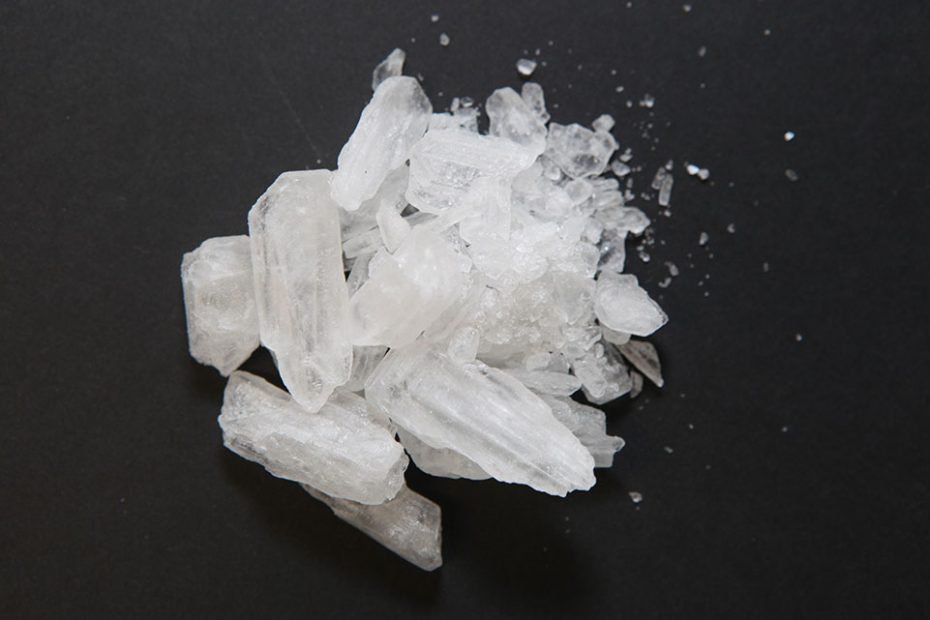

Powder forms decreased to 42% from 68%, crystal declined to 49% from 66%, and pills to 48% from 61% in 2021. For capsules 49% of participants rated it ‘easy’ or ‘very easy’ to obtain, a decrease from 76% in 2021. In 2022 a significant change in the perceived availability of ecstasy in all forms was reported relative to 2021.


Perceived availability for powder methamphetamine was lower which has remained stable relative to 2021 (59% of participants rated availability as it ‘easy or very easy’ to obtain). Perceived availability was the highest for crystal methamphetamine (92% of participants rated it ‘easy or very easy’ to obtain), an increase from 2021 (82%).Similarly, data from the 2022 Ecstasy and Related Drugs Reporting System (EDRS) show that most people who use ecstasy and other stimulants report that methamphetamine, ecstasy and cocaine are ‘easy’ or ‘very easy’ to obtain (Sutherland et al. Over 3 in 5 (65%) people who had recently used cocaine reported that it was ‘easy’ or ‘very easy’ to obtain (Sutherland et al.Over 9 in 10 (91%) people who had recently used crystal methamphetamine reported that it was ‘easy’ or ‘very easy’ to obtain (Sutherland et al.People who regularly use illicit drugs report that methamphetamine and other stimulants are easy to obtain in Australia.įindings from the Illicit Drug Reporting System (IDRS) show that people who inject drugs commonly report it is ‘easy’ or ‘very easy’ to obtain methamphetamine and other stimulants. This is the sampling criteria for participants of the Ecstasy and related Drugs Reporting System (EDRS). Psychostimulants (also stimulants) includes ecstasy, methamphetamine, cocaine and new psychoactive substances (NPS).Cocaine is commonly consumed in powder form, which can be snorted or dissolved in water so it can be injected.Ecstasy (also MDMA) is often consumed in the form of a tablet or capsules, but can also be in powder or crystal form.Meth/amphetamine includes methylamphetamine and amphetamine and is the term used in the National Drug Strategy Household Survey (NDSHS).Methamphetamine (also methylamphetamine) also comes in different forms, including powder/pills (speed), crystal methylamphetamine (crystal meth or ice), a sticky paste (base), and a liquid form.This is the term used in the Alcohol and Other Drug Treatment Services National Minimum Data Set (AODTS NMDS). According to the Australian Standard Classification of Drugs of Concern (ASCDC) (ABS 2011), this includes amphetamine, methylamphetamine, dexamphetamine, amphetamine analogues and amphetamines not elsewhere classified. Amphetamines – refers to a broad category of substances.Amphetamine-type stimulants (ATS) – covers a large range of drugs, which includes amphetamine, methylamphetamine and phenethylamines (a class of drug that includes MDMA or ‘ecstasy’).This can be confusing when interpreting results across different data sources.īelow is a description of each term used in these data sources and the types of drugs they encompass: Cocaine – produced from a naturally occurring alkaloid found in the coca plant.īox STIM1: Defining amphetamines and other stimulantsĭata sources on methamphetamine, amphetamine and other psychostimulants contain a variety of terms in some instances these terms cover similar, but not the same range of drugs.(Note ecstasy may contain a range of other drugs and substances and may contain no MDMA at all). 3, 4-methylenedioxymethamphetamine (MDMA) – commonly referred to as ‘ecstasy’ – is an amphetamine derivative.Due to small structural differences, methamphetamine produces a stronger nervous system response than amphetamine (ACIC 2019a). Methamphetamine (also referred to as methylamphetamine) – a potent derivative of amphetamine that is commonly found in 3 forms: powder (speed), base and its most potent form, crystalline (ice or crystal).Amphetamines used for therapeutic purposes to treat attention deficit-hyperactivity disorder (ADHD), but may also be used non-medically.Stimulants are a group of drugs that produce stimulatory effects by increasing nerve transmission in the brain and body (Nielsen & Gisev 2017).


 0 kommentar(er)
0 kommentar(er)
